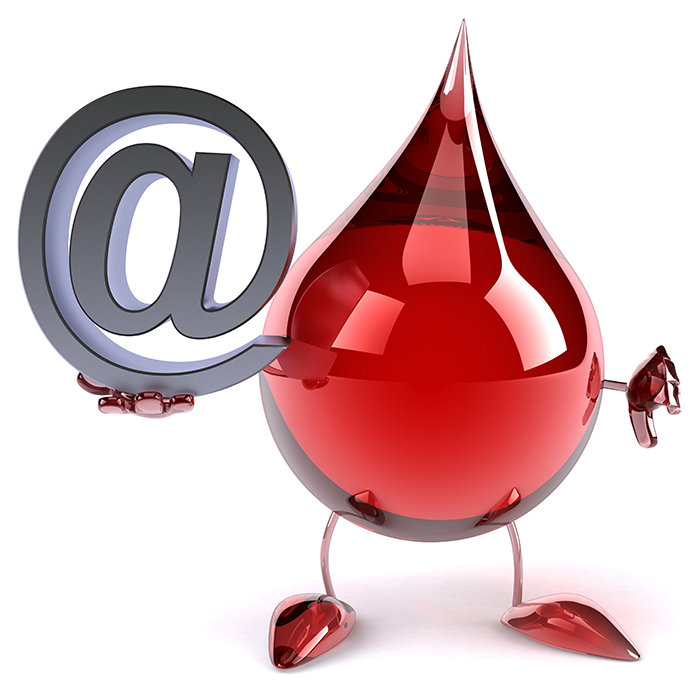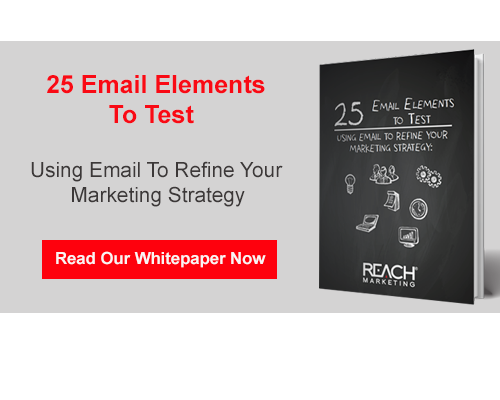
Automation regulates the timing and content of email for maximum impact, keeps conversion rates high, and guides your prospects through the sales funnel while giving them the information they need to make buying decisions. It’s even possible to run multiple email nurture programs for each segment of your audience. Here’s our blueprint for building a better email drip program for our clients.
Find Your Purpose
Every lead who enters your sales funnel has different needs, knowledge, budget constraints, and buying authority, yet you ultimately want to lead them to the same point. Getting to that point often requires some stops along the way. If your drip program takes them from point A to point B, you need to define those points, so your first step in creating an effective drip email flow is to work with your marketing team to set a concrete purpose for the drip program. How do you want a lead to change over the course of this program? Is its purpose to build brand awareness, educate, instill customer loyalty, retarget, or retain business? The answer to that question determines the course of your nurture email campaign.
Know Your Audience
Whether we work with a list rental or with your house list, knowing enough about the people on that list is critical. Audience segmentation to group similar leads together helps you narrow your focus and deliver highly targeted messages, a key element of a successful drip program. You’ll see examples of audience segmentation in action if you search our lists. Marketing automation also lets you segment your audience by behavioral data, allowing your marketing team to send prospects at the top, middle, or bottom of your sales funnel to different email streams.
Create Content (And Plenty of It)
Drip email programs are intensely content-hungry. You’re building interest over time, and you need enough content to cover a buyer’s journey that potentially lasts for months. You’re also reaching different audience segments, each of which gets personalized email content that’s relevant. With email content, it isn’t just a matter of what you say but when you say it that will persuade your audience. Triggered email messages are one of the major advantages automated flows give you over batch emails; you’re able to tailor content to match the behavioral and contextual data your marketing automation system’s collected.
Make It Flow
Creating a natural progression of content that takes leads farther down your marketing pipeline is the goal, so content should typically flow from general to specific. For example, “What’s an Email Drip Program?” would logically come before “5 Steps to Building an Email Drip Program” in a progression of messages about email marketing or automation. These flows aren’t just in straight lines but form a network of choices. Think of it as a sophisticated flow chart that guides leads closer to a buying decision with every branching step.
Analyze Results
Deployment is only the penultimate step to a successful drip program; analytics after the fact are an essential aspect of each campaign. With analysis, you’re able to make lightning strike as many times as you like to power your future lead nurture campaigns. Multivariate testing that identifies the most successful content, troubleshooting that pinpoints under-performing emails, and data collection that brings audience segments into high definition will make your next campaign even more effective than your current one.
© Reach Marketing LLC 2015 All Rights Reserved.






